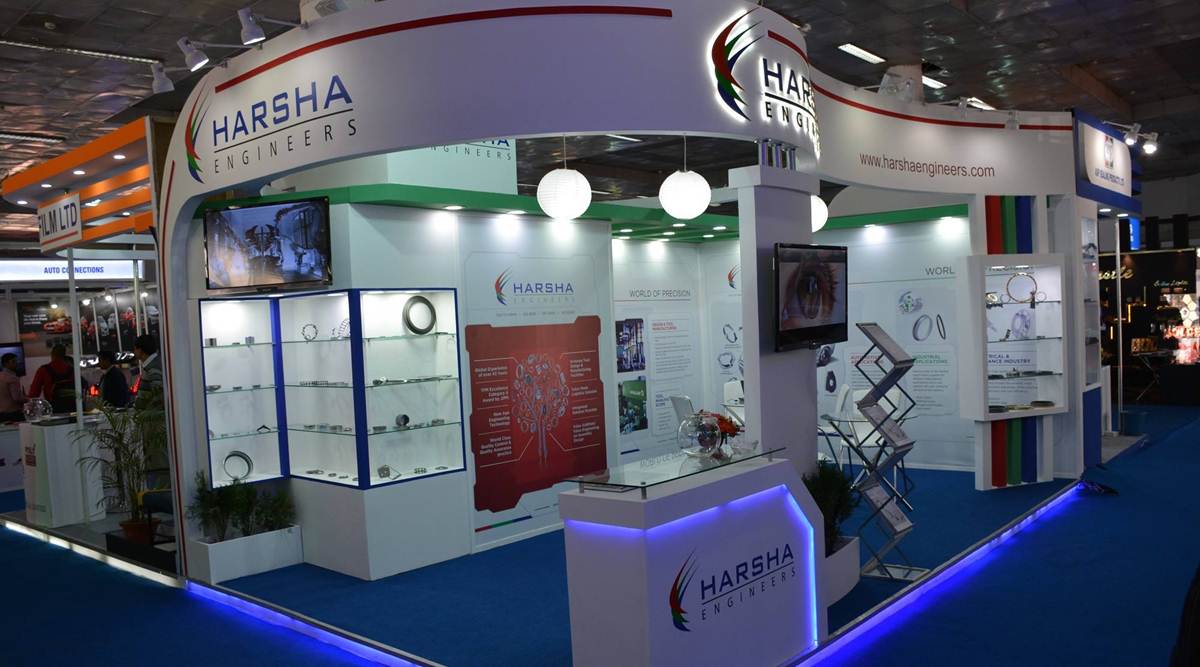Nasa announced that two of its astronauts, test pilots Sunita Williams and Butch Wilmore, will have an extended stay at the International Space Station.
The astronauts were originally scheduled to return in mid-June, following a week-long visit to the orbiting laboratory. However, the Boeing Starliner capsule encountered thruster failures and helium leaks, causing Nasa and Boeing to prolong the astronauts’ mission.
Addressing a news conference, on July 25 , Mark Nappi, Starliner program manager and vice president, said: “I’m very confident we have a good vehicle to bring the crew back with.”
“Our mission was to get the crew to the ISS and that has been completed. Our mission was to learn from a flight test. Now it’s time to focus on returning the crew safely,” Nappi added.
The Starliner team is currently analysing data from the recently completed ground testing of a Reaction Control System (RCS) thruster. The testing, which took place at Nasa’s White Sands Test Facility in New Mexico that provided valuable insights for root cause assessments and will help finalise flight rationale to ensure a smooth undocking and landing process.
The findings from these tests will not only benefit future missions but also pave the way for Nasa astronauts Butch Wilmore and Suni Williams to safely return to Earth. The Starliner Crew Flight Test (CFT) landing date will be set after the Flight Test Readiness Review, which is planned for the latter part of next week, the statement made by Nasa’s Boeing Starliner said.
Throughout August, there are multiple landing opportunities available, allowing for adaptability in the mission schedule, it added.
This weekend, while securely docked to the space station, the Starliner team intends to hot fire 27 out of the 28 RCS thrusters. The objective is to confirm the thrusters’ performance, akin to what would be carried out in upcoming missions.
Additionally, the team desires another helium leak data point, which has remained consistent since the spacecraft docked to the station on June 6. For the majority of the time while docked to the station, the helium system has been closed, indicating no helium leakage in that setup.
This was Boeing’s first test flight with a crew on board. In contrast, SpaceX has been transporting astronauts since 2020.
The astronauts were originally scheduled to return in mid-June, following a week-long visit to the orbiting laboratory. However, the Boeing Starliner capsule encountered thruster failures and helium leaks, causing Nasa and Boeing to prolong the astronauts’ mission.
Addressing a news conference, on July 25 , Mark Nappi, Starliner program manager and vice president, said: “I’m very confident we have a good vehicle to bring the crew back with.”
“Our mission was to get the crew to the ISS and that has been completed. Our mission was to learn from a flight test. Now it’s time to focus on returning the crew safely,” Nappi added.
The Starliner team is currently analysing data from the recently completed ground testing of a Reaction Control System (RCS) thruster. The testing, which took place at Nasa’s White Sands Test Facility in New Mexico that provided valuable insights for root cause assessments and will help finalise flight rationale to ensure a smooth undocking and landing process.
The findings from these tests will not only benefit future missions but also pave the way for Nasa astronauts Butch Wilmore and Suni Williams to safely return to Earth. The Starliner Crew Flight Test (CFT) landing date will be set after the Flight Test Readiness Review, which is planned for the latter part of next week, the statement made by Nasa’s Boeing Starliner said.
Throughout August, there are multiple landing opportunities available, allowing for adaptability in the mission schedule, it added.
This weekend, while securely docked to the space station, the Starliner team intends to hot fire 27 out of the 28 RCS thrusters. The objective is to confirm the thrusters’ performance, akin to what would be carried out in upcoming missions.
Additionally, the team desires another helium leak data point, which has remained consistent since the spacecraft docked to the station on June 6. For the majority of the time while docked to the station, the helium system has been closed, indicating no helium leakage in that setup.
This was Boeing’s first test flight with a crew on board. In contrast, SpaceX has been transporting astronauts since 2020.





